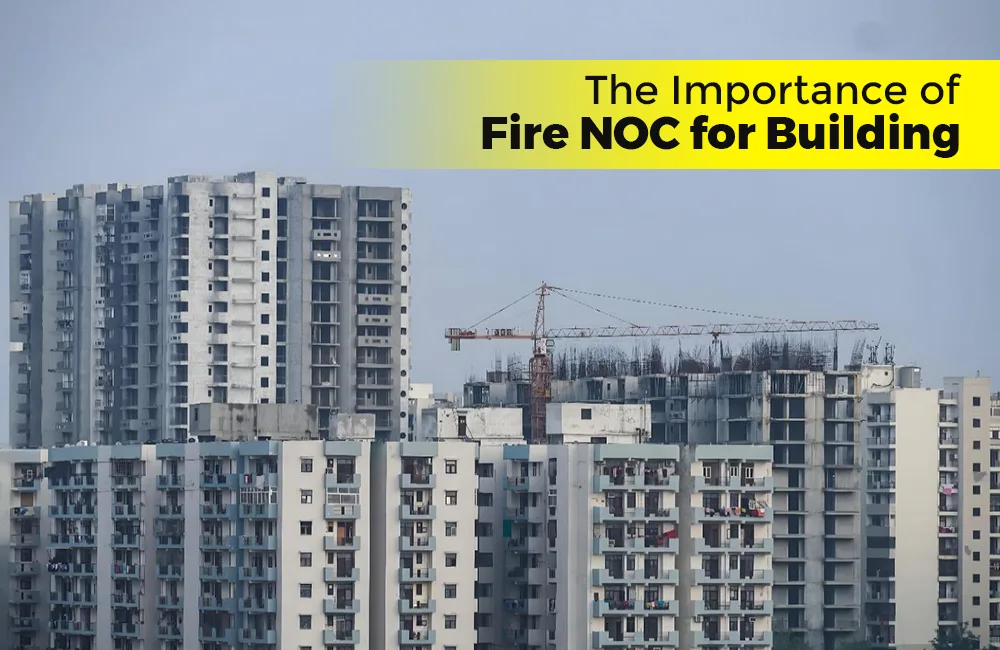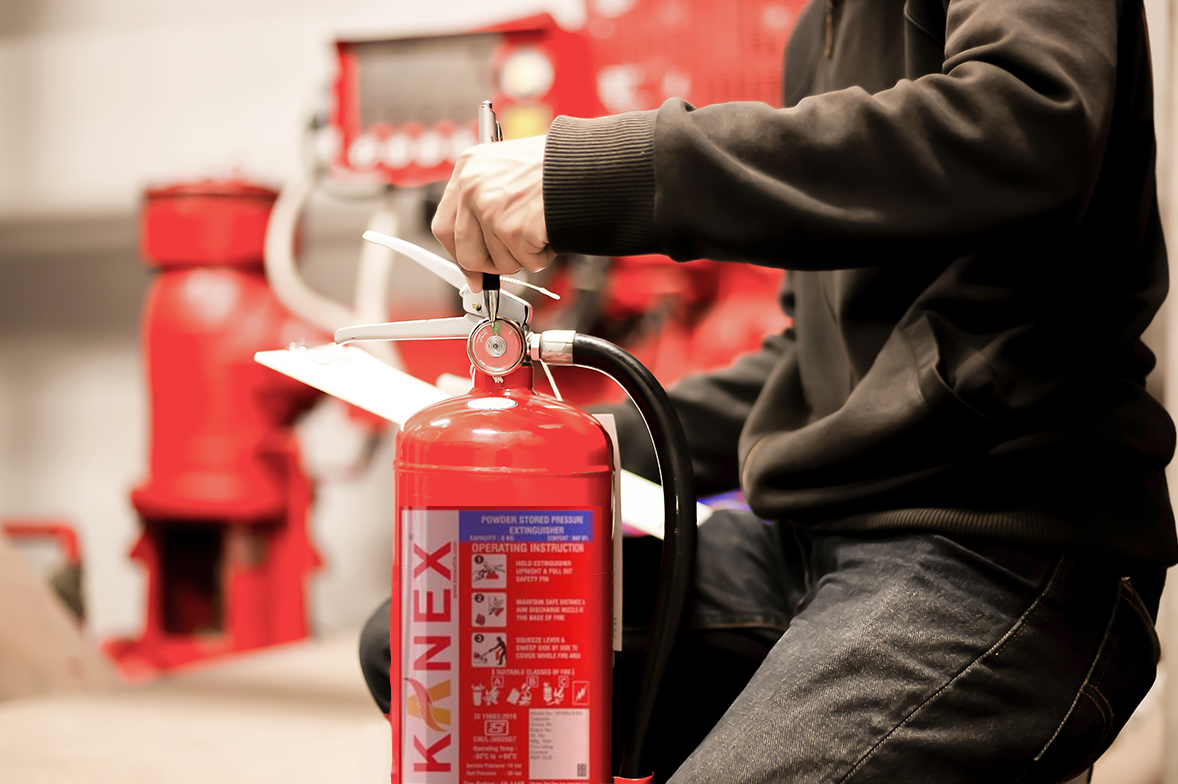Fire NOC is a document issued by the local fire safety authority after inspecting a building. It certifies that the building meets all necessary fire safety regulations and follows all prescribed fire safety standards and regulations.
The fire NOC verifies that a building is equipped with all fire safety products including fire extinguishers, alarms, sprinklers, smoke detectors, etc. It is mandatory for every type of building such as schools, hospitals, theaters, malls, etc.
Obtaining a fire NOC makes sure that you follow all regulatory compliance and is often required for getting approval for various types of buildings.
What is a fire NOC?
As mentioned earlier, a fire NOC for building is a legal document issued by the fire department to endorse that the building has met all the necessary safety standards. It ensures the safety of occupants by verifying the implementation of fire prevention measures in the building.
Submitting an application for a fire NOC along with the required documents is crucial for obtaining one. Building plans and layouts, construction details, ownership and authorization documents, fire safety system details, compliance certificates, application forms, and site photographs are required for receiving a fire NOC.
Importance of a fire NOC for buildings
Safety assurance
A fire NOC for a building guarantees that it complies with the fire safety regulations set by the local fire department. You have to set up fire safety systems such as extinguishers, alarms, and sprinklers along with emergency exits for acquiring a fire NOC.
Also, the fire NOC plays an important role in preventing fire hazards and ensuring occupant safety. The inspection conducted by the fire department to issue NOC helps you identify and eliminate risk, prepare for emergencies, and reduce casualties and property damage.
Regulatory compliance
Complying with local fire safety regulations is crucial to ensuring the safety of occupants. This reduces fire risks and prepares you for emergency situations by equipping yourself with fire prevention and control systems. These safety measures help to build the trust of employees and customers.
Legal consequences of operating without a fire NOC include fines and penalties, operational risks, legal actions, reputational damage and even the immediate shutdown of operations. More than a regulatory requirement, a fire NOC is a step towards ensuring a safe and legally compliant environment.
Insurance and financial implications
A fire NOC is mandatory to receive insurance claims smoothly without any delay if any fire incident takes place. Insurance companies require a fire NOC to process the claim. Otherwise there are high chances of the insurance claim getting rejected. The fire NOC shows that the owner has taken necessary safety measures to reduce liability and thereby claim insurance. Buildings with a fire NOC are considered prone to fire incidents, leading to reduced insurance premiums.
Fire NOC has several financial benefits including reduced damage costs, avoidance of fines, etc. Effective fire prevention systems minimize property damage during fire accidents and compliance with safety norms eliminates fines for not following safety measures. Regular maintenance of fire safety systems, as demanded by the Fire NOC, prevents costly repairs or replacements.
Building occupancy approval
A fire NOC is mandatory for obtaining occupancy and operational permits for any building. It ensures that the building complies with fire safety standards, keeping people and assets safe. Fire NOC assures that the building is equipped with fire prevention, detection, and control systems. It also serves as proof that the building adheres to fire safety laws. Fire NOC is issued only to buildings that have emergency exits or fire escape routes. Many businesses get approval only if they possess a fire NOC certificate.
Applications for fire NOC are essential for all types of buildings including residential, public, commercial, institutional, etc. It is to testify that a building complies with the safety regulations. Obtaining a fire NOC for buildings has many benefits such as safety assurance, regulatory compliance, insurance and financial implications, and building occupancy approval. Overall, a fire NOC ensures safety, compliance, and operational efficiency.
Safetik is the leading company that offers fire and safety services in Kerala. They deliver a range of services including fire hydrants, gas suppression, sprinkler systems, fire detection and alarm systems, fire extinguisher systems, etc. Apply for a fire NOC irrespective of the type of building to ensure safety and compliance. Contact us now for the expert service we offer and protect your building and people from fire incidents.


